The 2018 lambing season is nearing completion here.
The natural service and central progeny testing (CPT) ewes have finished lambing, with only the ewe lambs and the repeats left to lamb here now. Hopefully they will continue on at a steady rate over the next week to fortnight and be finished for me by mid-April.
At this stage of the process, exhaustion is beginning to set in, and I look forward to a full night’s sleep shortly. It was relatively quiet here over the Easter weekend and I even managed to have a few chocolate eggs to keep the energy levels up.
The mature ewes have been fully grouped up into their respective grazing mobs for the coming year. There are three groups of mature ewes in total.
The main limiting factor for group size is determined by what I can put through the yard in a given day for treatments, while still allowing time for me to do other tasks around the farm on the same day.
Beneficial
These larger groups are also beneficial to utilising and producing more grass on the farm as they have a shorter residency period in each field before moving to the next paddock. This allows for more grazings per field in the year.
Speaking of grass, two of the groups have about 17 days of grazing ahead of them while the other group has about seven days of grazing ahead.
In order to slow down the rotation for this group, I am feeding about a 1kg of ration and I have given them access to some of my remaining silage in ring feeders.
I am hoping that soil temperatures increase sufficiently in the next few weeks to help grass growth increase to meet the increasing demand of the flock. For my part, I have applied three-quarters of a bag of urea per acre over the farm. Now it’s up to the weather to play its part.
The sooner grass gets growing the better as all reserves of fodder are nearing depletion and will have to be restocked.
Adjustments
We as farmers need to make sure we can feed our stock for whatever the winter months throw at us in the future. This may mean that we have to readjust our individual farm stocking rates to allow for these longer winters as it is pointless carrying high stocking numbers if we cannot feed our animals from what we can produce or source locally.
We are also going to need a better financial return for hard work we put into producing the quality product, as the costs associated with doing so are constantly increasing.
This is where the challenge lies. Our costs, however efficient and cautious we are, continue to grow, while our margins are being reduced as there is an unwillingness to pay a higher price for our quality produce.
Read more
Farmer Writes: if you are stressed, talk to someone you trust
Farmer Writes: weather and farm payment cuts are a challenge
The 2018 lambing season is nearing completion here.
The natural service and central progeny testing (CPT) ewes have finished lambing, with only the ewe lambs and the repeats left to lamb here now. Hopefully they will continue on at a steady rate over the next week to fortnight and be finished for me by mid-April.
At this stage of the process, exhaustion is beginning to set in, and I look forward to a full night’s sleep shortly. It was relatively quiet here over the Easter weekend and I even managed to have a few chocolate eggs to keep the energy levels up.
The mature ewes have been fully grouped up into their respective grazing mobs for the coming year. There are three groups of mature ewes in total.
The main limiting factor for group size is determined by what I can put through the yard in a given day for treatments, while still allowing time for me to do other tasks around the farm on the same day.
Beneficial
These larger groups are also beneficial to utilising and producing more grass on the farm as they have a shorter residency period in each field before moving to the next paddock. This allows for more grazings per field in the year.
Speaking of grass, two of the groups have about 17 days of grazing ahead of them while the other group has about seven days of grazing ahead.
In order to slow down the rotation for this group, I am feeding about a 1kg of ration and I have given them access to some of my remaining silage in ring feeders.
I am hoping that soil temperatures increase sufficiently in the next few weeks to help grass growth increase to meet the increasing demand of the flock. For my part, I have applied three-quarters of a bag of urea per acre over the farm. Now it’s up to the weather to play its part.
The sooner grass gets growing the better as all reserves of fodder are nearing depletion and will have to be restocked.
Adjustments
We as farmers need to make sure we can feed our stock for whatever the winter months throw at us in the future. This may mean that we have to readjust our individual farm stocking rates to allow for these longer winters as it is pointless carrying high stocking numbers if we cannot feed our animals from what we can produce or source locally.
We are also going to need a better financial return for hard work we put into producing the quality product, as the costs associated with doing so are constantly increasing.
This is where the challenge lies. Our costs, however efficient and cautious we are, continue to grow, while our margins are being reduced as there is an unwillingness to pay a higher price for our quality produce.
Read more
Farmer Writes: if you are stressed, talk to someone you trust
Farmer Writes: weather and farm payment cuts are a challenge




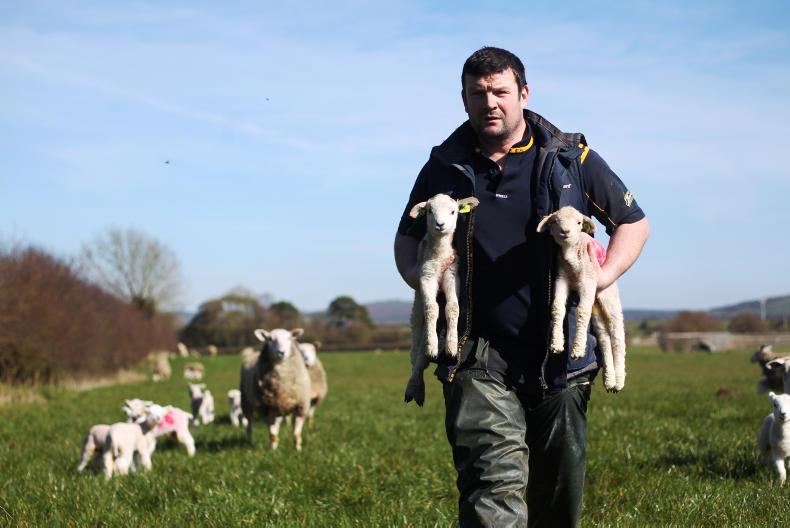
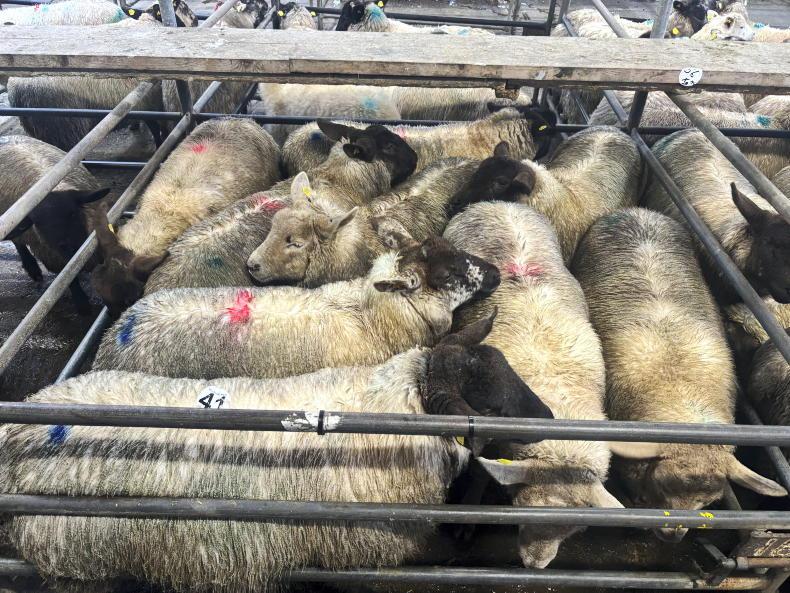

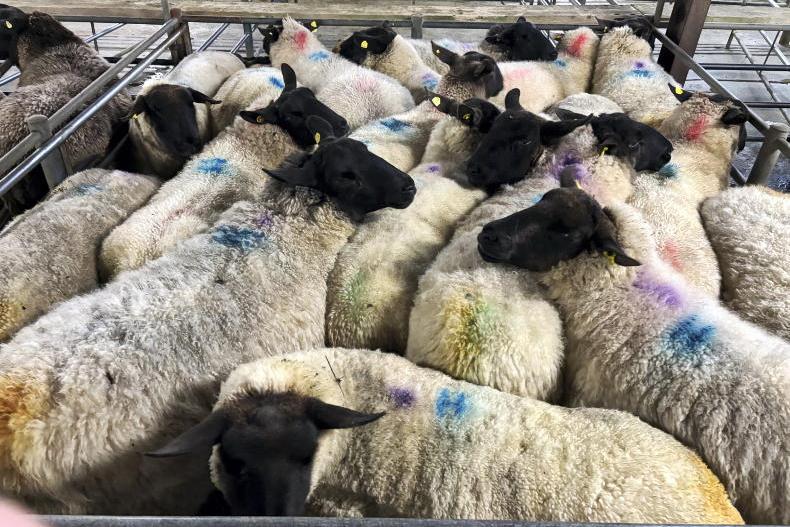
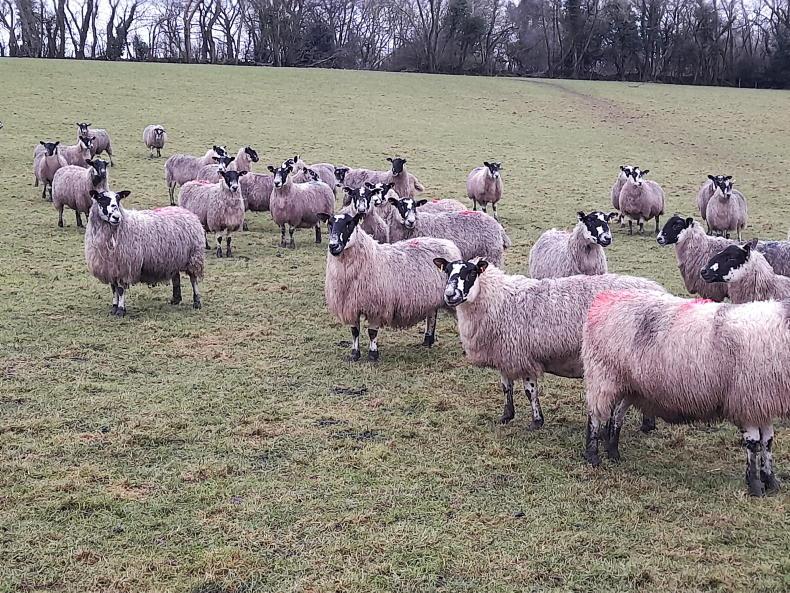
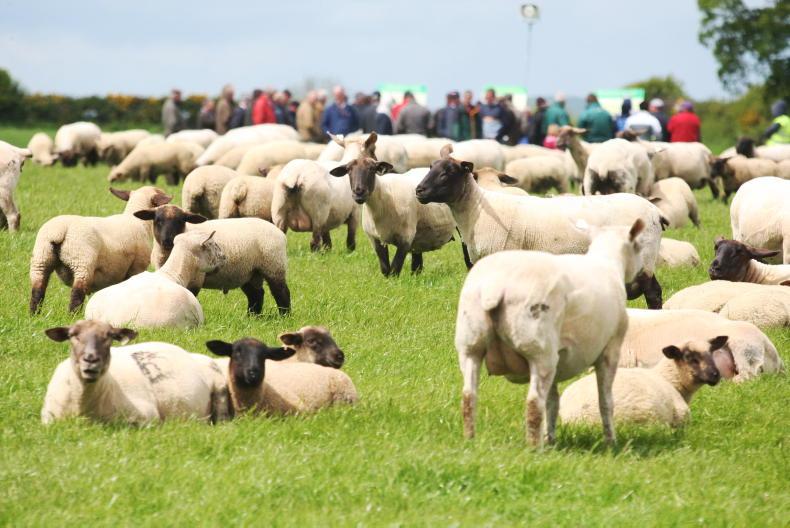
SHARING OPTIONS